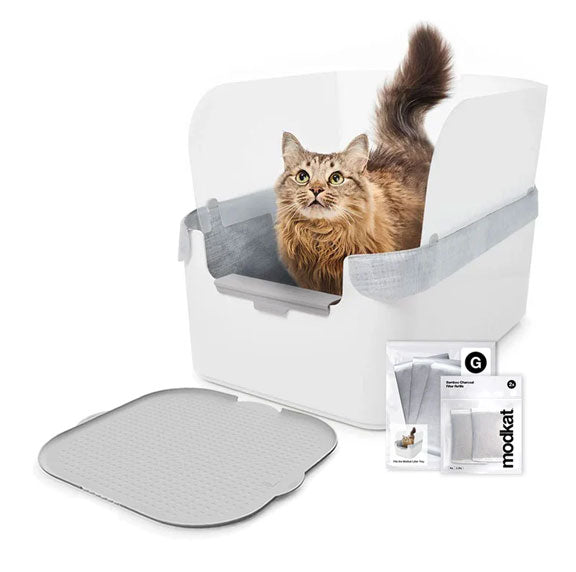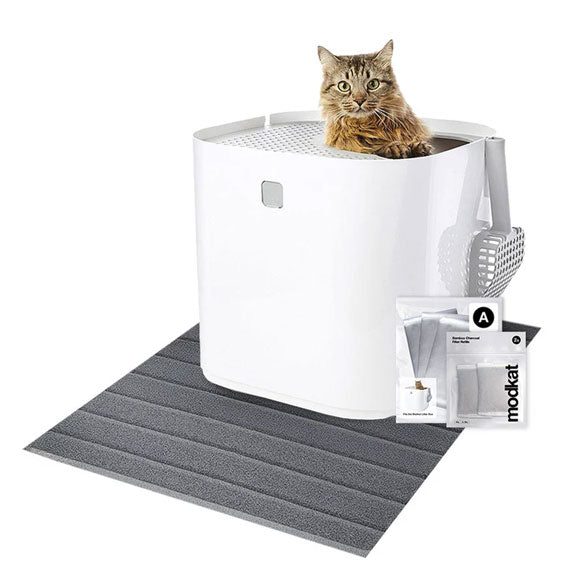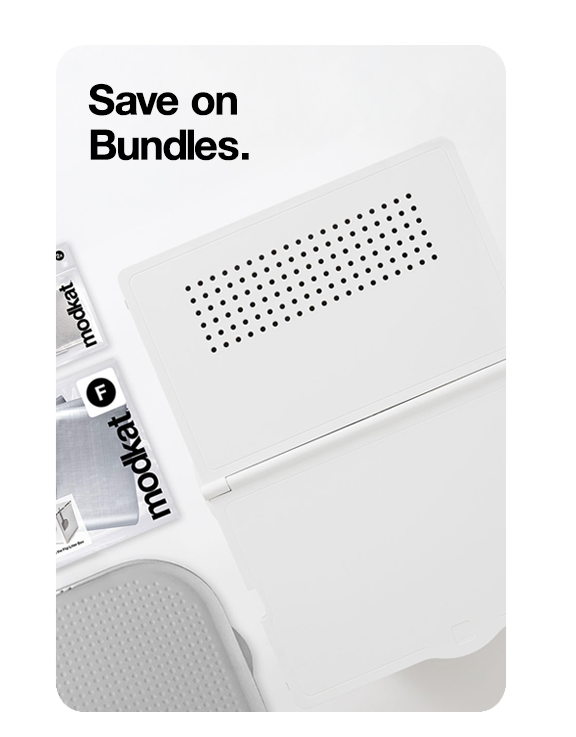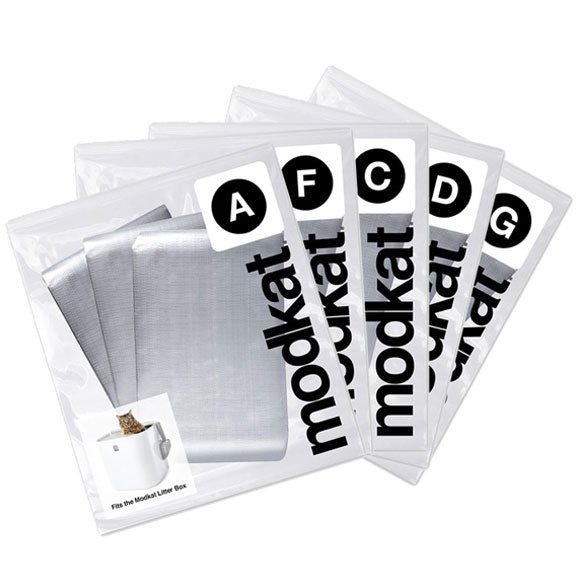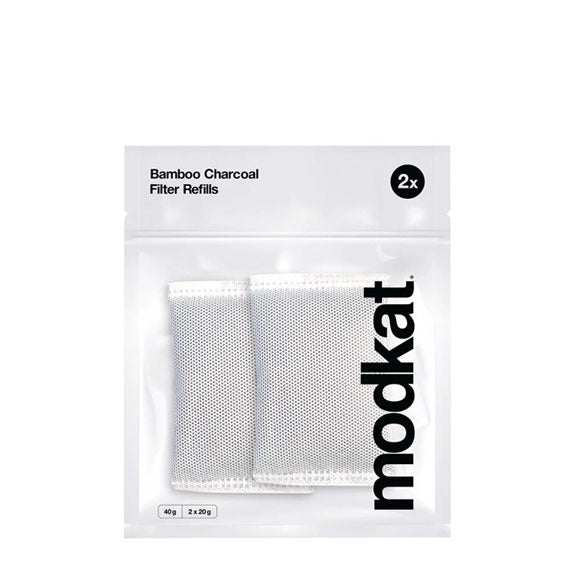20% off sitewide. Discount automatically applied.
20% off sitewide. Discount automatically applied.
Litter Boxes
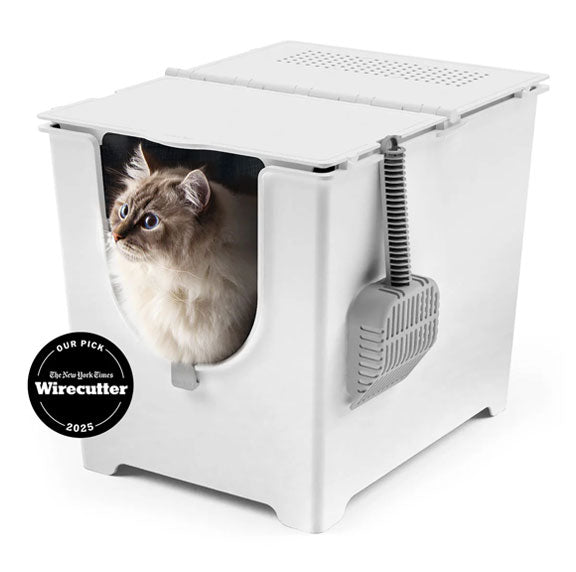
Modkat Flip
Front-Entry Litter Box

Modkat XL
Front/Top-Entry Litter Box
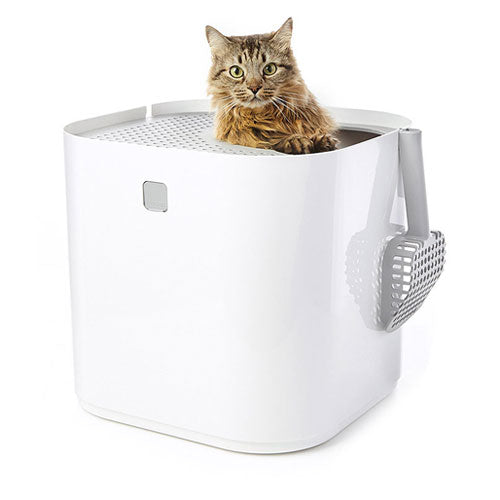
Modkat
Top-Entry Litter Box
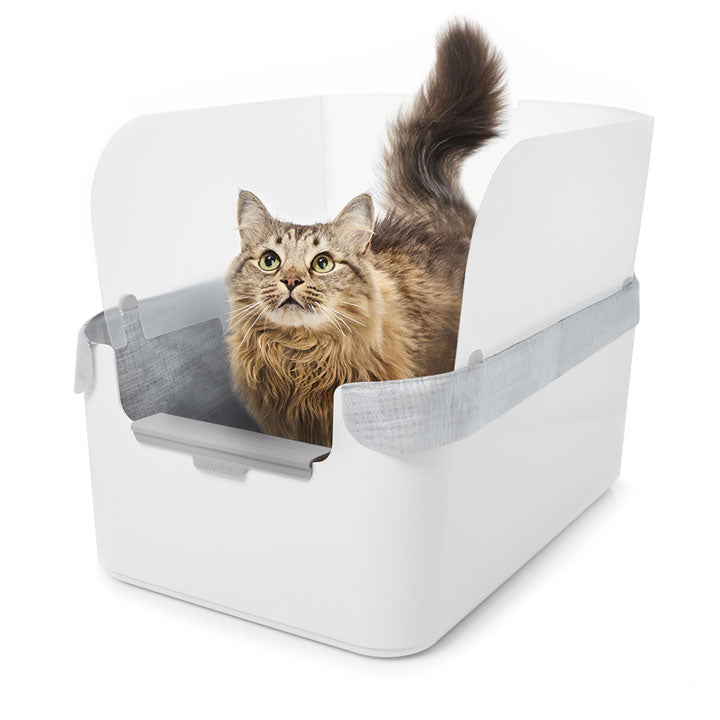
Modkat Tray
Open Litter Box
Bundles
Essentials

Litter Keeper
Two colors

Litter Mats
Multiple styles, colors & sizes
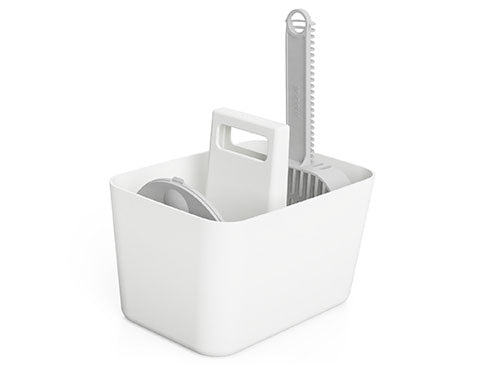
Tidy-Up Kit
Scoop holder & dustpan
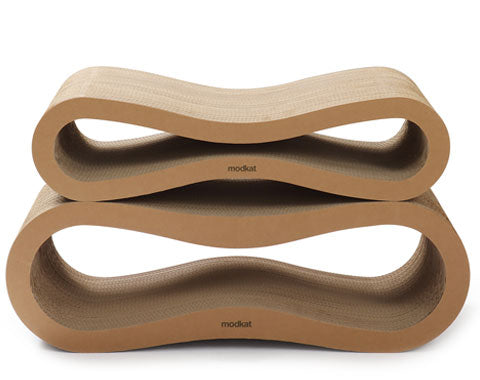
Lounge + Play
Scratchers & toys
Refills
Add description, images, menus and links to your mega menu
A column with no settings can be used as a spacer
Link to your collections, sales and even external links
Add up to five columns
Add description, images, menus and links to your mega menu
A column with no settings can be used as a spacer
Link to your collections, sales and even external links
Add up to five columns
The cat slow blink explained.

As a cat lover, you know how you show affection to your feline companions. Have you ever caught your cat slow-blinking at you and wondered what it means? If you've ever found yourself mesmerized by your cat's slow blinks, this blog will help you understand the mystery behind this simple yet significant action. You’ll appreciate all the nuances of a cat's slow blink and learn more about your whiskered companions' silent, expressive language.
Unveiling the mystery of the cat slow blink.
You know your kitty loves you, but you might only sometimes pick up on some of the ways she shows her feelings.
After all, your cat cannot…
- Whisper a sleepy "I love you."
- Pucker up and kiss you.
- Hold their humans in their paws.
But your cat can…
- Snuggle
- Knead your thighs
- Show you their belly
- Slow blink
Wait! What is this slow blink all about?
Sometimes called "the butterfly kiss" of the cat world, a slow blink is just what it sounds like — that magical moment when your cat closes his eyes, holds still for a second, and then opens them again. Sometimes, a cat's slow blink resembles a series of half-blinks followed by half-opened eyes.
What's so special about a cat's slow blink? It's much more than a sleepy gesture or funny cat quirk. A cat's slow blink holds especially significant meaning for its humans. Remember that in the wild, cats are both predators and prey. Anytime the animal's eyes are closed, it can't spot potential threats nearby. It's at risk. Vulnerable.
When you're present, and your cat makes himself vulnerable by closing his eyes — even for a half-second — you have officially made it inside your pet's circle of trust. It's the universal feline language of love, and if you want to better communicate with your cat, it's essential to understand your cat's blinks.
The science behind the slow blink.
Although cats have been stereotyped by popular culture as aloof animals, the loners of the pet population, science disagrees. These creatures have the same capacity for attachment as their canine counterparts, with more elegance and subtlety.
No matter what you might have heard, cats love their people. They turn to us when they're distressed, butt us with their heads, hold up their tails in our presence, snuggle on the sofa, and even confidently expose their bellies when we're near (don't touch, though).
And yes, they slow blink.
Where did all this cat-to-human communication come from?
Science holds the answer.
Cats began as solitary hunters who prowled for small rodents at dawn and again at dusk. About 10,000 years ago, farmers in the fertile crescent (and probably China and Egypt) noticed that cats made terrific allies in the war on mice and birds. Cats became valuable; before long, they were sleeping by the hearth, and the family was sharing tidbits of food with them.
As cats transitioned from wild creatures into valuable farm animals and finally to family pets, they developed new relational skills. In order to thrive, they had to start noticing their humans' faces and learning to read social cues. Cats discovered the difference between safe and unsafe situations in a human-centered environment. In a way, they learned our unspoken language.
And they learned to talk back to us in theirs.
This form of communication goes two ways. Speaking cat fluently involves learning to slow blink yourself. In controlled experiments, cats show unmistakable signs of emotional connection when their owners slowly blink back at them. The animals were also more likely to slow blink at the humans if the people slow blinked at them first.
Cats are actually attentive students of human behavior and mirror what they perceive from us. Hence, if we show trust, so do they. Bond with your cat the proven way. Look at them steadily, close your eyes slowly, keep them shut tight for a moment, and then open them. Your cat will understand you perfectly.
Why does my cat look away when I slow blink?
When you slow blink at your cat, you may notice her look away afterward. A cat looking away after a slow blink does not indicate distrust or disinterest. On the contrary, it frequently signifies comfort and respect. This behavior is rooted in feline communication and social dynamics.
In the feline world, direct eye contact can be perceived as a threat or a challenge. By looking away, your cat demonstrates that it feels safe and secure with you. This action can also show that it respects your space and is not attempting to dominate or confront you.
Additionally, looking away can be a natural behavior for cats, reflecting their alertness and curiosity. Cats are naturally cautious creatures; even in moments of relaxation, they remain vigilant about their surroundings. Thus, after a slow blink, your cat might look away to scan the environment for any potential changes or threats quickly.
When your cat looks away after a slow blink, it communicates trust, respect, and a balanced awareness of its environment. Understanding this behavior helps deepen the bond between you and your feline companion.
Decoding the message: what your cat is telling you.
We know that cats consider direct stares to be hostile. And we know they generally slow blink when they feel safe. A cat's slow blinking doesn't always communicate trust or affection, though. That's because what looks like a slow blink is actually a squint, which generally means your pet is experiencing pain, discomfort, or injury.
A squint or painful slow blink can mean:
- Conjunctivitis: The most common eye disorder in cats, conjunctivitis is simply an inflammation of the mucus membrane on the outer edge of the eye. Besides squinting, cats may have red eyes, discharge, or a runny nose.
- Glaucoma: Although more common in dogs than cats, glaucoma does occur in feline patients. Enlarged eyes, clouding, squinting, or dilated pupils can indicate that your cat has this disease.
- Infection: A superficial eye infection can trigger a cat's third eyelid, called the nictitating membrane, to pop up and protect the eye. When this happens, it looks like your cat is squinting or maybe slow blinking.
- Corneal Ulcer: A corneal ulcer usually appears due to optical trauma or the feline herpes virus. A cat with a corneal ulcer will keep the eye partially shut to protect it.
- Allergies: Like humans, cats have allergies to everyday things like dust, pollen, and even fragrances (you may need to get rid of those artificially scented plug-ins). Eyes often swell up with allergies, potentially giving your cat a perpetual squint, which can easily be mistaken for a slow blink.
Why does my cat slow blink at me? The main reason is that cats love their humans. If your cat is squirting or showing any signs of optical trauma or disease, however, you should consult with your cat-friendly vet.
No matter what pop culture says, science backs up what pet lovers know instinctively: Cats like people. They just have funny ways of showing it sometimes. A genuine slow blink is one of the most original, fun, and charming ways our pets communicate their trust, affection, and love for us.
Upgrade your litter box with Modkat and watch your kitty slow blink.
“It looks nicer than any other hooded or open option we considered.”

Categories
Meow from Brooklyn.
Sign up and get early access to product drops, exclusive offers, and the occasional cat meme.
Similar products related to this blog:
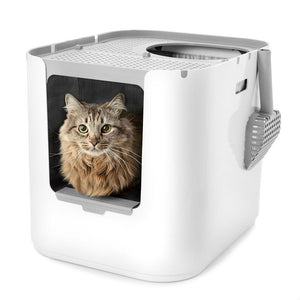
"It looks nicer than any other hooded or open option we considered."

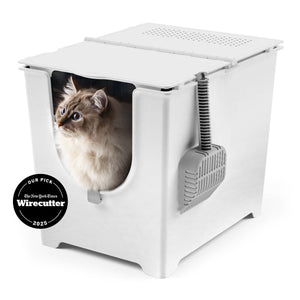
"This litter box keeps everything in, nothing gets out the sides."

"My beautiful ragdoll cat and I both love the new Modkat Litter tray!"


